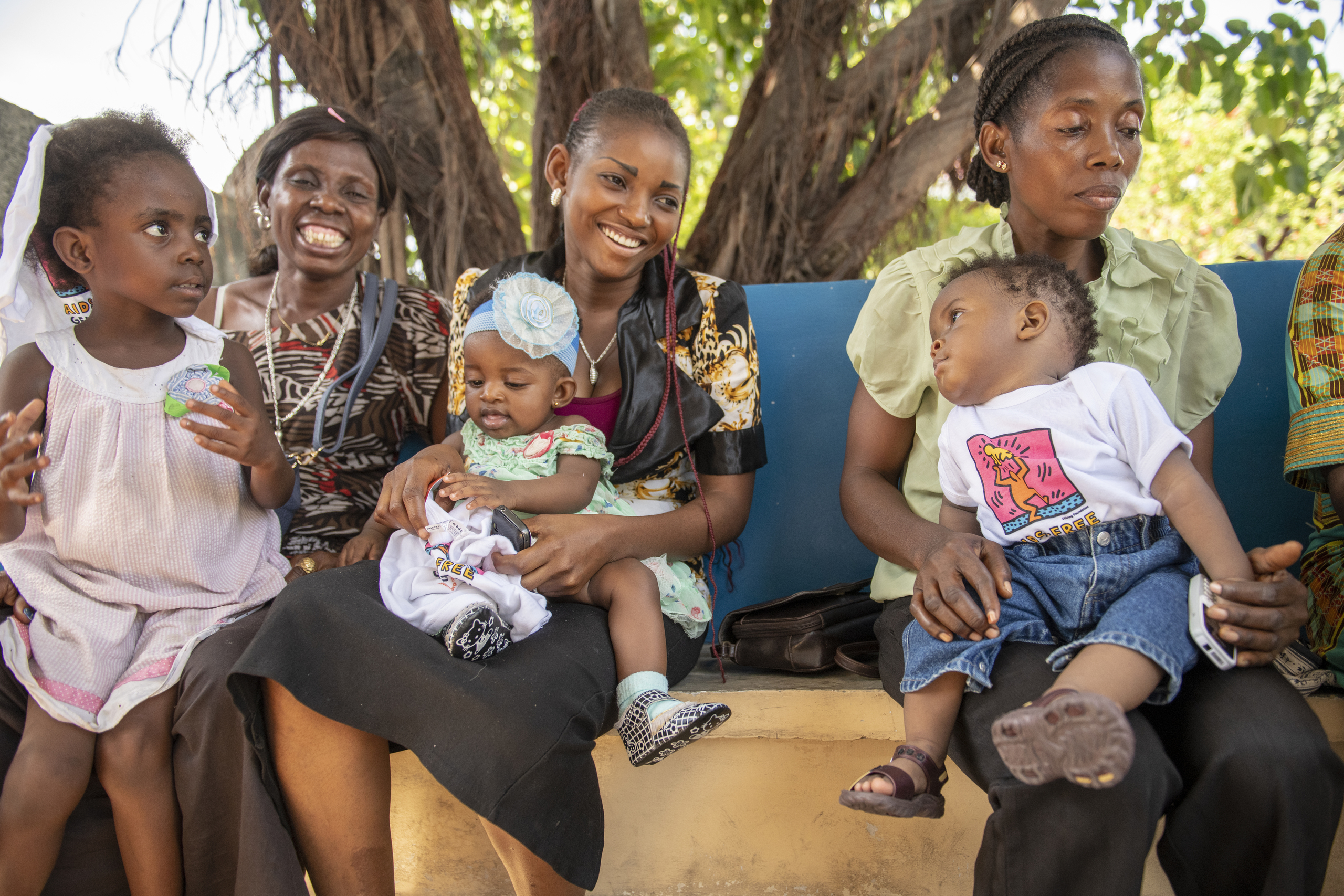Background
It is critical to identify children living with HIV and initiate lifesaving antiretroviral treatment (ART) early. The Pediatric Accelerated Case Finding Effort focused on contact elicitation and HIV testing of ART clients’ biological children. We describe HIV testing and seropositivity rates following the initiative and gaps along the index testing cascade to inform pediatric HIV case finding optimization.
Methods
This mixed-methods study involved collecting monthly data on index testing outcomes, including elicitation (identifying biological children < 15 years), HIV testing and linkage to treatment from March 2020 to July 2021 in 35 facilities in Kinshasa. Data were summarized and presented for the first month (as a baseline proxy) and the entire study period. Qualitative data were collected from 14 healthcare workers participating in in-depth interviews and 33 community health workers in four focus group discussions. Audio recordings were transcribed and translated from Lingala or French into English and coded using MAXQDA software. Data were thematically analyzed according pediatric case finding barriers and strategies.
Results
At baseline (March 2020), among 3337 eligible female index clients, 1634 (49.0%) underwent elicitation to identify children with unknown HIV status. By July 2021, all eligible clients (n = 11,734) had contacts identified. Of the contacts, 9871/11,848 (83.3%) were HIV-tested. Of contacts tested, 662 (6.7%) were diagnosed as HIV-positive, with 535 (80.8%) age 5–14 years; 99.5% initiated treatment. Providers attributed gaps in HIV testing primarily to testing refusals for children due to non-disclosure among parents and logistical or financial obstacles to transportation for tracing. COVID-19 movement restrictions and exposure fears also limited provider interactions for testing. Provider-implemented strategies included transport reimbursement, extensive counseling and alternative approaches to child testing for parents in sero-discordant relationships.
Conclusions
Following intensified efforts around pediatric case finding, we found a high HIV positivity yield of 6.7% among previously undiagnosed children, with 81% of them aged ≥5 years. While elicitation improved over time, contact tracing for HIV testing remained the largest gap, missing opportunities to reach 17% of undiagnosed children. Ensuring adequate resources for tracing and HIV testing and supporting disclosure among couples, while emphasizing elicitation of ART clients’ biological children can help to optimize pediatric case finding.




